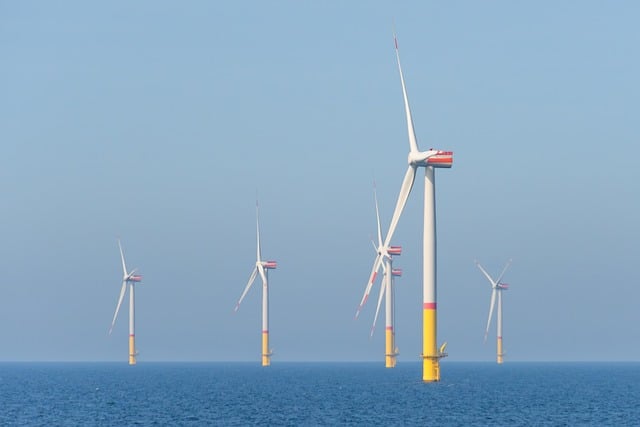In today’s rapidly changing world, the urgent need for climate protection cannot be overstated. As individuals and communities alike strive to embrace a more sustainable future, it is imperative that we recognize and leverage the power of green technologies. These innovations are essential in driving sustainable development, minimizing our ecological footprint, and paving the way for a carbon-neutral lifestyle.
One of the cornerstones of sustainable development is the integration of renewable energy sources. Technologies such as solar panels harness the sun’s energy, reducing reliance on fossil fuels and helping to lower greenhouse gas emissions. This shift not only supports climate protection but also promotes energy independence and economic growth.
Wind turbines are another innovative solution, tapping into the natural wind currents to generate clean power. By utilizing this renewable resource, we can significantly decrease our ecological footprint and contribute to a more resilient energy sector. The ability to capture wind energy represents a surefire way to align with climate goals while fostering local job creation.
In the realm of transportation, electric vehicles (EVs) are revolutionizing the way we think about mobility. By replacing traditional internal combustion engines with zero-emission alternatives, EVs dramatically reduce harmful emissions. As more consumers adopt this technology, we inch closer to a carbon-neutral society, encouraging the development of supporting infrastructure like charging stations.
Green building technologies also play a crucial role in achieving sustainable development. From energy-efficient insulation materials to smart building management systems, these innovations create structures that consume less energy and reduce waste. Embracing sustainable architecture and urban planning ensures that our communities thrive in harmony with the environment, fostering a culture of climate protection.
Moreover, the rise of smart agricultural practices showcases another way to integrate green technologies. Precision farming uses data and technology to optimize resource use while increasing crop yields. By minimizing water waste and reducing chemical dependency, sustainable agriculture contributes to a smaller ecological footprint and a healthier planet.
Biomass energy represents a remarkable avenue for tapping into organic materials to create electricity and heat. This renewable resource not only helps divert waste from landfills but also lowers carbon emissions. As we embrace biomass technologies, we promote a more circular economy that aligns with broader goals of climate protection.
Waste-to-energy technologies also stand out as an effective strategy for sustainable development. By converting municipal waste into usable energy, we can reduce landfill reliance and harness valuable resources. This innovative approach not only mitigates environmental impact but also represents a significant opportunity for communities to adopt a more sustainable waste management strategy.
The integration of carbon capture and storage (CCS) technologies offers another powerful tool in the fight against climate change. By capturing CO2 emissions from industrial processes before they enter the atmosphere, CCS allows us to continue utilizing essential resources while minimizing harm to the environment. Investing in such technologies will undoubtedly play a pivotal role in our journey toward carbon neutrality.
Lastly, advancements in battery storage are crucial for increasing the viability of renewable energy sources. By effectively storing energy generated from solar or wind, we can ensure a reliable power supply, even during periods of low generation. This technological evolution is critical to supporting the transition to a sustainable energy future and enhancing our overall climate protection efforts.
Incorporating these green technologies into our daily lives and broader societal frameworks is essential to achieving our climate goals. The future of climate protection hinges on our commitment to sustainable development, and embracing innovative solutions is a vital step in ensuring a better world for generations to come. Together, we can drive the change needed to create a sustainable and carbon-neutral future.




